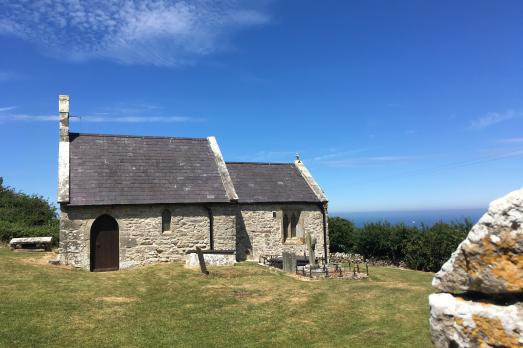
St Michael
Llanfihangel Din Sylwy, Anglesey | LL57 2RQ
Llanfihangel Din Sylwy is a very small 15th century church in a very rural location just off the east coast of Anglesey.
Search for a fascinating place to visit, or see the variety of churches, chapels and meeting houses we have supported.

Llanfihangel Din Sylwy, Anglesey | LL57 2RQ
Llanfihangel Din Sylwy is a very small 15th century church in a very rural location just off the east coast of Anglesey.
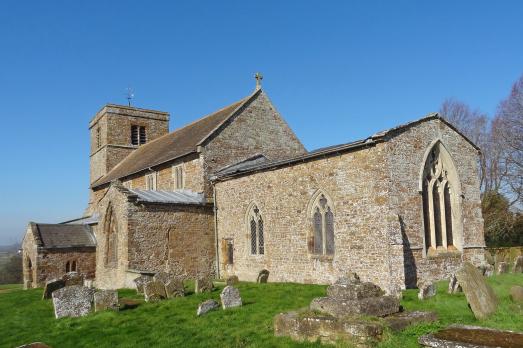
Upper Bodington, Northamptonshire | NN11 6DL
A simple, quiet and friendly village church dating from the 13 century, standing in a wildlife friendly churchyard.
We have supported this church

Clynnog Fawr, Gwynedd | LL54 5AQ
St Beuno, descended from the royal princes of Powys, was the most celebrated of the early Christian monks of North Wales and it was he who founded the 'clas' at Clynnog Fawr in 616 and died here in about 640.
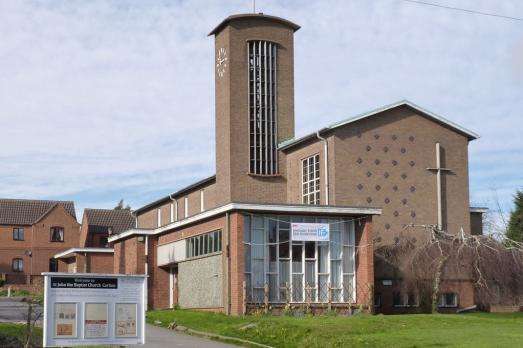
Carlton, Nottinghamshire | NG4 1BP
Built in 1958 by the architects Broadhead and Royle who wrote ‘the style stems from the early Christian columned halls of the 4th century but cannot be honestly placed in any historical style other than mid 20th century'.
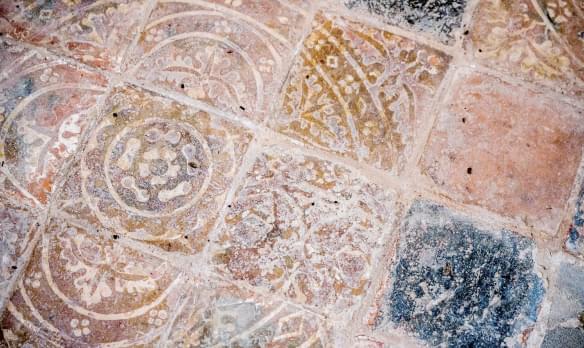
Carlton in the Willows, Nottinghamshire | NG4 1BJ
The parish was created in 1883 from land formerly belonging to the parish of Gedling and the church itself was consecrated in 1885.
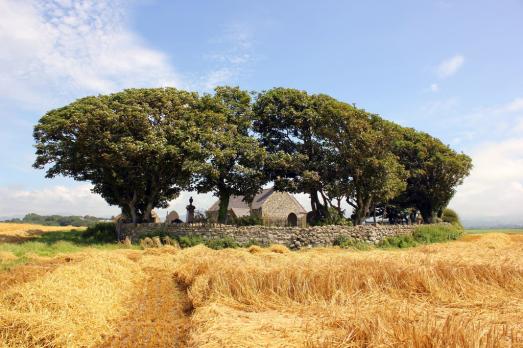
Llanfaglan, Gwynedd | LL54 5RA
St Baglan stands in splendid isolation in a wonderfully romantic position overlooking Caernarfon Bay reverberating with echoes of the renowned Mabinogion tales.
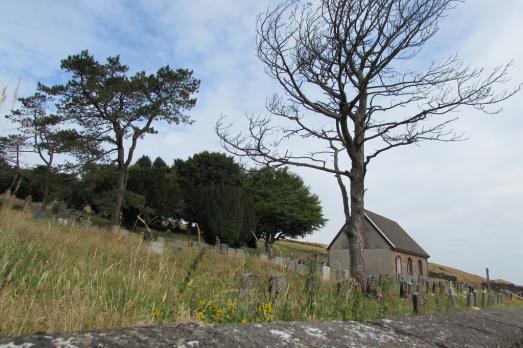
Pentwyn Fochriw, Glamorgan | CF81 9NJ
Originally the site of a schoolroom, a chancel was added and opened for worship in 1864 with an adjacent burial ground consecrated in 1866.

Swalcliffe, Oxfordshire | OX15 5DR
Always open to visitors, whether you wish to enjoy historic architecture, admire the remarkable medieval wall paintings, study the monuments of past gentry families, or simply pause to experience the atmosphere of contemplation, celebration, worship and fellowship that people have found within this wonderful building for a thousand years.
We have supported this church
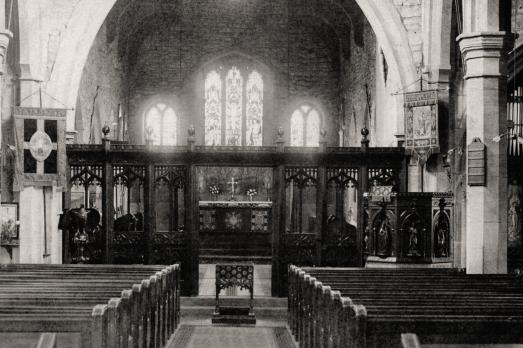
Meltham, Yorkshire | HD9 5NW
Situated in the centre of Meltham and was consecrated on St Bartholomew’s day 1651 by Bishop Henry Tilson a former Bishop of Elphin in Ireland, the church is believed to be one of a very few in England to be consecrated during the Commonwealth period.

Millhouse Green, Yorkshire | S36 9NF
This simple chapel has been here for over 300 years, it is the oldest independent non conformist chapel with continuous worship in the country.
We have supported this church
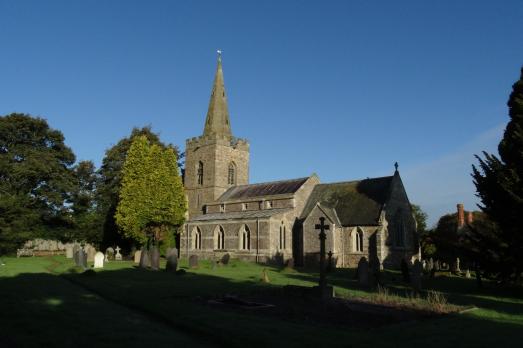
North Kilworth, Leicestershire | LE17 6HZ
An early English building (c1160) with naval and military memorials, including a VC.
We have supported this church
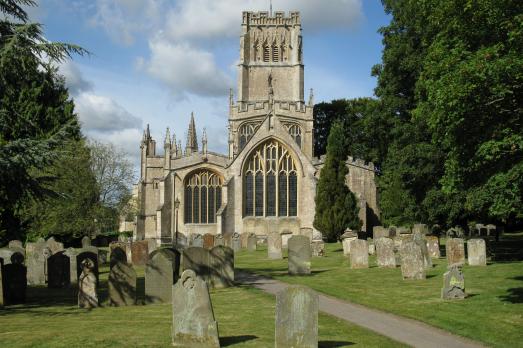
Northleach, Gloucestershire | GL54 3HG
Northleach church is a monument to the 15th century glory days of this sleepy little town, when Northleach wool was the finest and the town's merchants the wealthiest.